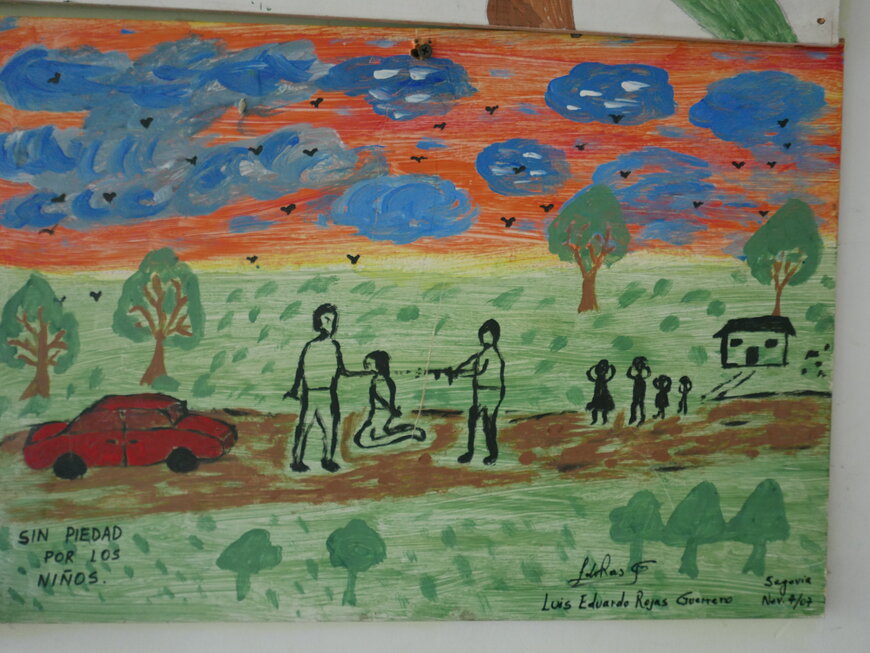Press releases
New publication \ Immobilisation, restricted spatial mobility and displacement in violent conflict
Putting the humanitarian–development nexus into practice, aid organisations and donors pay most attention to camp populations in protracted refugee situations (PRS). In BICC Working Paper 1\2020 the author Markus Rudolf argues that synergies arise when development aid redefines and expands the area of humanitarian needs regarding developmental objectives and instruments rather than bolstering the mainstream activities of humanitarian actors.

Drawing on the case of Colombia, the argument of BICC Working Paper 1\2020 is threefold:
\ First, it shows how the conditions to qualify refugees and IDPs as aid recipients must be extended to include forcibly immobilised persons. The author Markus Rudolf understands ‘forcibly immobilised persons’ as individuals who are forced to stay in the same place for lack of alternatives or constraints on their movement (e.g. through armed groups).
\ Second, the Paper argues that individual needs, such as the need for protection, rather than circumstances, should be decisive for aid eligibility. Whether a situation is categorised as “war”, for instance, is a highly politicised question and hence not a reliable indicator—whereas a needs-based approach is.
\ Third, the Paper draws on an in-depth analysis of confined communities in Colombia to show that forcibly immobilised persons—like IDPs and refugees—often require humanitarian and development aid, thus showing clear examples for how the nexus could work—as it already does in part.
Overall, this Paper thus proposes a reconceptualisation of the humanitarian–development nexus to ensure a more targeted reach for persons in need.
BICC Working Paper 1\2020 "Immobilisation, restricted spatial mobility and displacement in violent conflict: Humanitarian needs of confined communities in Colombia" (pdf)
\ First, it shows how the conditions to qualify refugees and IDPs as aid recipients must be extended to include forcibly immobilised persons. The author Markus Rudolf understands ‘forcibly immobilised persons’ as individuals who are forced to stay in the same place for lack of alternatives or constraints on their movement (e.g. through armed groups).
\ Second, the Paper argues that individual needs, such as the need for protection, rather than circumstances, should be decisive for aid eligibility. Whether a situation is categorised as “war”, for instance, is a highly politicised question and hence not a reliable indicator—whereas a needs-based approach is.
\ Third, the Paper draws on an in-depth analysis of confined communities in Colombia to show that forcibly immobilised persons—like IDPs and refugees—often require humanitarian and development aid, thus showing clear examples for how the nexus could work—as it already does in part.
Overall, this Paper thus proposes a reconceptualisation of the humanitarian–development nexus to ensure a more targeted reach for persons in need.
BICC Working Paper 1\2020 "Immobilisation, restricted spatial mobility and displacement in violent conflict: Humanitarian needs of confined communities in Colombia" (pdf)


